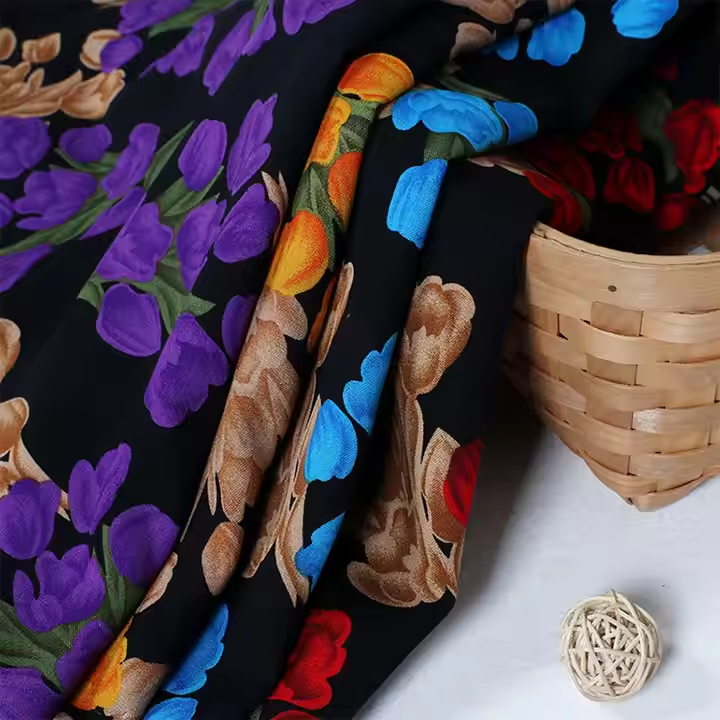Shannon microfiber fabrics stand out for their versatility and wide range of applications. These materials have become increasingly popular among designers and manufacturers. Opting for wholesale options allows for efficient sourcing, ensuring access to high-quality fabrics at competitive prices.
Understanding Shannon Fabrics Wholesale
Shannon fabrics are primarily made from 100% polyester. This composition contributes to their durability and color retention, making them an ideal choice for various applications. The texture of shannon fabrics wholesale can range from soft and plush to sleek and smooth, providing endless possibilities for creative projects.
Choosing wholesale options is essential for designers and manufacturers. It allows for bulk purchases, which streamline the sourcing process. In addition, wholesale suppliers often provide a diverse range of fabrics, enabling easy access to different textures and patterns. This variety is crucial for keeping up with fashion trends and consumer demands.
Diverse Applications of Shannon Microfiber Fabrics
Shannon microfiber fabrics are useful in many areas, from clothing to home décor. In athletic wear, they enhance performance. Their ability to wick moisture and retain shape ensures comfort during physical activity. The options for satin and fleece fabrics allow designers to create functional yet stylish athletic apparel.
In-home décor, Shannon microfiber fabrics add a touch of elegance and comfort. Upholstery made from these materials is not only visually appealing but also durable. Additionally, microfiber fabrics can be used for various household items such as drapes, bed sheets, and tablecloths. The versatility of these fabrics makes them suitable for any creative project.
Advantages of Choosing Wholesale Shannon Fabrics
Purchasing Shannon fabrics wholesale has numerous advantages. First, cost savings are a significant factor. Buying in bulk reduces the per-yard price, allowing businesses to maximize profit margins. Additionally, wholesale options often provide a consistent supply, which is crucial for ongoing projects.
The availability of different textures and patterns enables experimentation. Designers can test new ideas without worrying about high material costs. This freedom to explore creativity is invaluable in the fast-paced world of fashion and design.
Eco-Friendly Options in Shannon Fabrics Wholesale
Sustainability is important in the textile industry. Many wholesalers offer recycled polyester options within their Shannon fabric selections. These eco-friendly materials appeal to environmentally conscious consumers. Choosing sustainable fabrics aligns with current market trends and demonstrates a commitment to responsible practices.
The availability of recycled options supports the move toward a circular economy in textiles. Businesses can meet consumer preferences while contributing to environmental conservation efforts.
Tips for Working with Shannon Microfiber Fabrics
Working with Shannon microfiber fabrics requires specific techniques to maximize their potential. Start by using sharp scissors and needles designed for synthetic fabrics. This ensures clean cuts and prevents fraying. When sewing, a longer stitch length often works best to accommodate the fabric's texture.
Precautions are crucial in maintaining the quality of these fabrics. It is advisable to wash microfiber items in cold water and tumble dry on low heat. Avoid bleaching and softener usage, as they can damage the fibers.
Design considerations are also essential when using Shannon fabrics. Take benefit from the wide range of colors and textures available. Layering different fabric types can create depth and interest in any project.
Conclusion
Incorporating wholesale Shannon microfiber fabrics into creative projects offers numerous advantages. The durability and aesthetic appeal of these fabrics enhance various applications. Brands can benefit from cost savings and the opportunity to explore sustainable options. With careful consideration and practical techniques, these fabrics can transform any creation, reinforcing the importance of quality and sustainability in textile choices.


